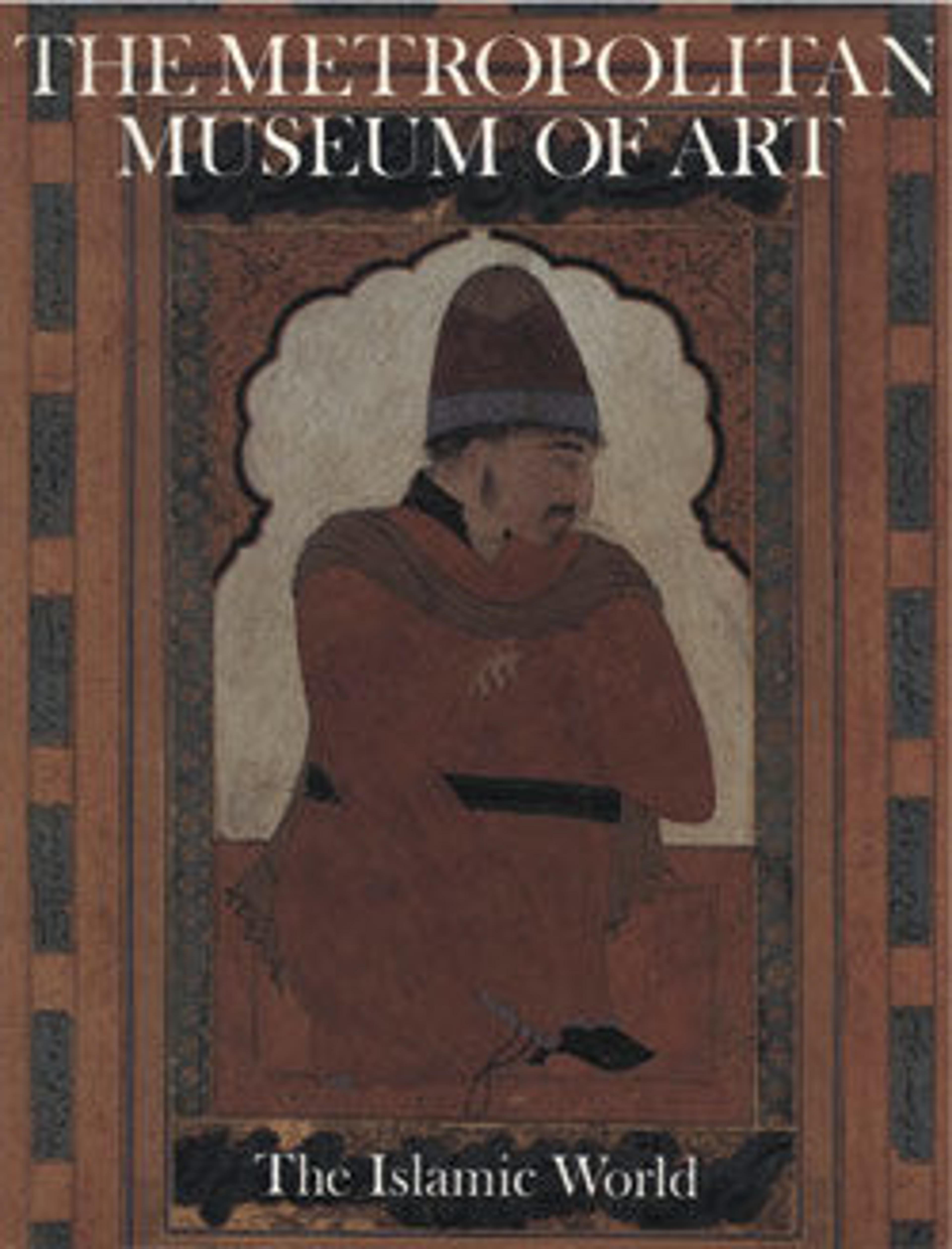Velvet and Silk Carpet
For special occasions, Mughal palaces and pavilions were spread with silk hangings, carpets, and embroidered velvets. On one New Year’s Day, for instance, the emperor Jahangir mentioned visiting his vizier and brother‑in‑law Asaf Khan, who had covered the road from the palace with velvets woven with gold and gold brocade. This sumptuous carpet may have been used for such an occasion. Its design is reminiscent of Iranian textiles, but ink inscriptions in Gujarati script on its selvages indicate that the carpet was woven in that state, which was well known for the production of silks, velvets, and cottons.
Artwork Details
- Title: Velvet and Silk Carpet
- Date: 17th century
- Geography: Attributed to India
- Medium: Silk, metal wrapped thread; cut and voided velvet, brocaded
- Dimensions: Rug: L. 183 1/2 in. (466.1 cm)
W. 103 3/4 in. (263.5 cm) - Classification: Textiles-Rugs
- Credit Line: Purchase, Joseph Pulitzer Bequest, 1927
- Object Number: 27.115
- Curatorial Department: Islamic Art
More Artwork
Research Resources
The Met provides unparalleled resources for research and welcomes an international community of students and scholars. The Met's Open Access API is where creators and researchers can connect to the The Met collection. Open Access data and public domain images are available for unrestricted commercial and noncommercial use without permission or fee.
To request images under copyright and other restrictions, please use this Image Request form.
Feedback
We continue to research and examine historical and cultural context for objects in The Met collection. If you have comments or questions about this object record, please contact us using the form below. The Museum looks forward to receiving your comments.
